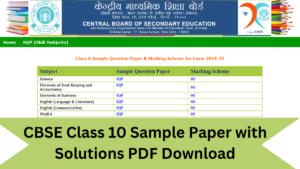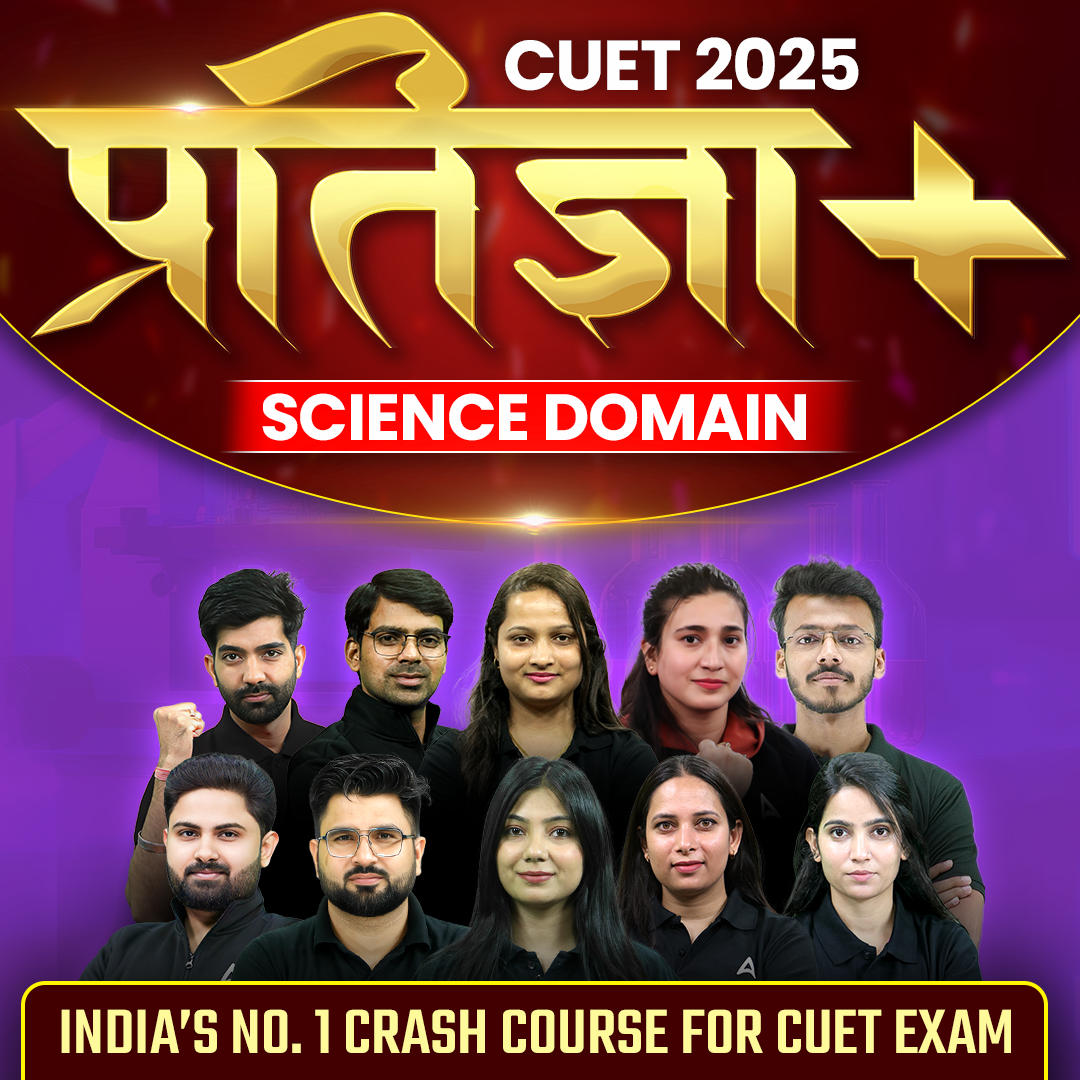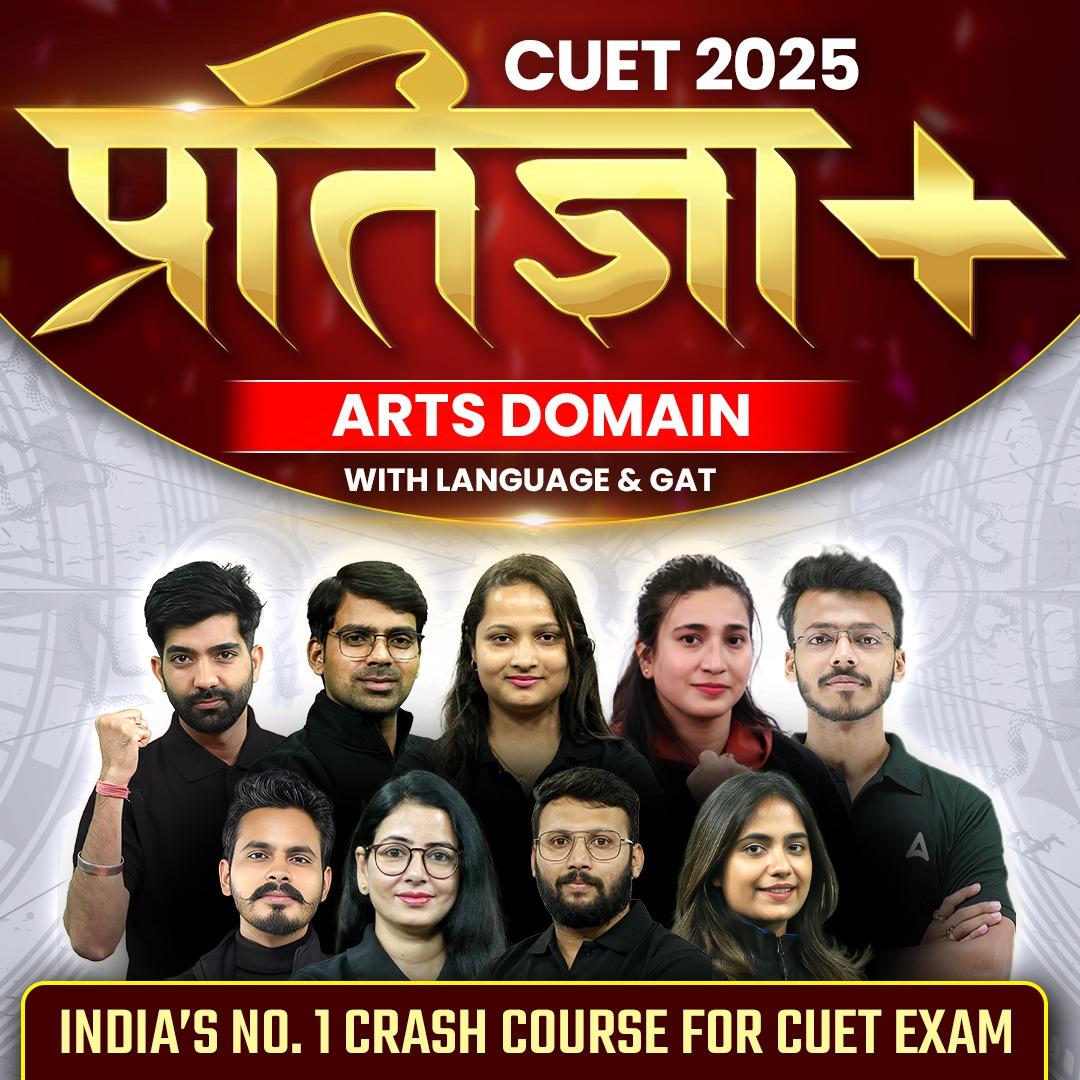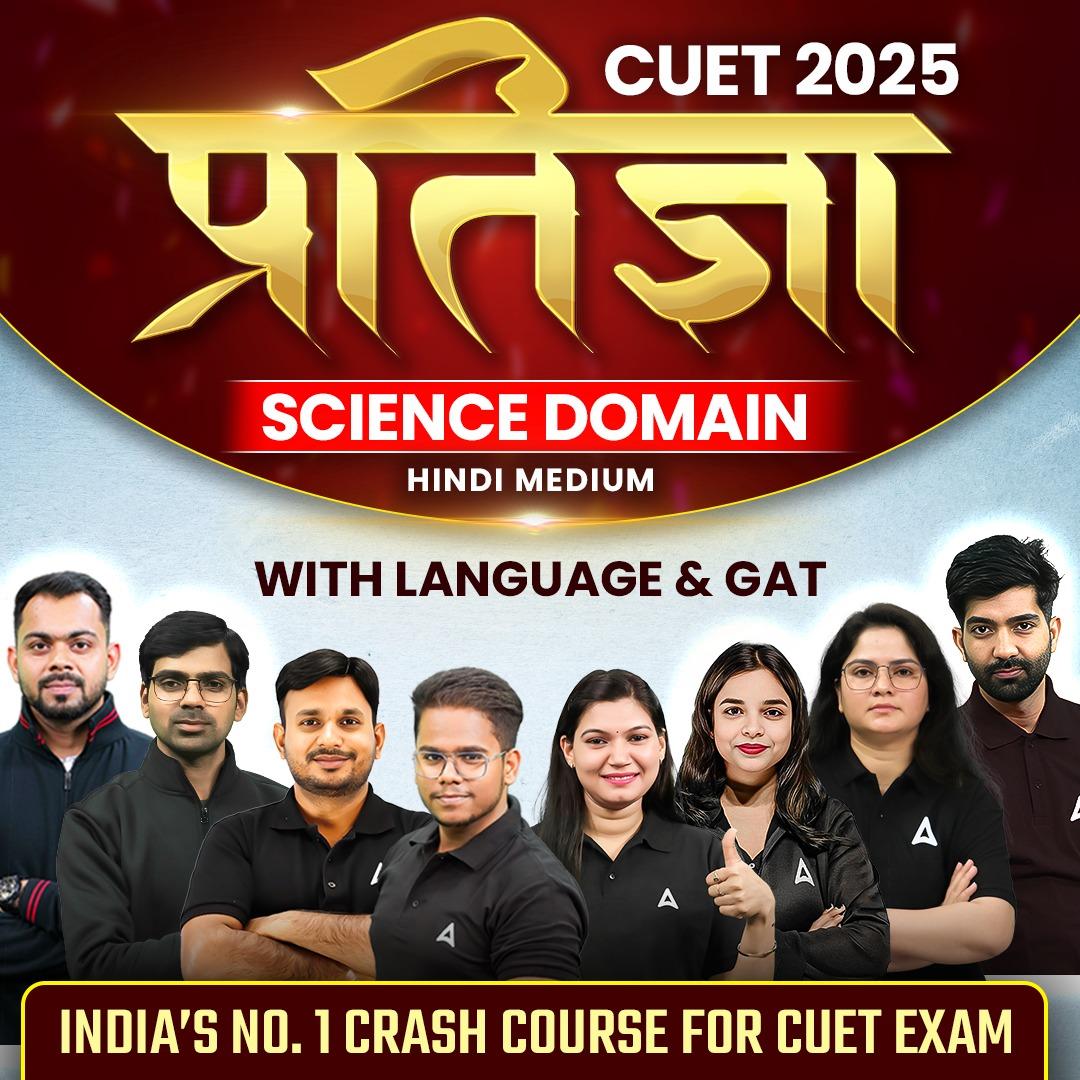Table of Contents
The Central Board of Secondary Education has released the most recent CBSE Class 12 Sociology Sample Paper 2024-25 for the forthcoming board exam. In addition, the board has released the grading scheme for the sample paper’s questions. Students who are scheduled to take the forthcoming CBSE board exams can get the Class 12 Sociology Sample Paper 2024-25 with Solutions PDF from the direct link provided below.
CBSE Class 12 Sociology Sample Paper 2024-25
Sociology is one of the most important subjects for the students who opted for the Arts stream in Class 12 These CBSE Class 12 Sociology Sample Papers provide students with valuable practice before the final exam. Solving CBSE Class 12 example papers for Sociology allows students to better understand answer writing approaches and achieve higher marks CBSE Class 12 Sociology Sample Paper 2024-25 is an excellent study resource that not only aids in test preparation but also indicates which chapters should be read and they can also test their understanding of the subject and feel confident about their answers
Sociology Sample Paper Class 12 2024 with Solutions PDF Download
The CBSE sociology sample paper class 12 2024 with solutions PDF is now available on the official website of CBSE i.e cbseacademic.nic.in. To make this simpler for the students we have shared the direct link to download the sample paper pdf as well as the marking scheme in the table below.
| CBSE Class 12 Social Sample paper 2024-25 with solutions PDF | |
| Sociology Class 12 Sample Paper PDF | Download PDF |
| Marking Scheme | Download PDF |
Sociology Sample Paper Class 12 2024-25 Pattern
The Sociology sample paper has 38 questions in total which range from MCQs to short and long answer-type questions. The general instructions provided in the question paper also guide the students on the length of their answers. Check here the complete CBSE Class 12 Sociology sample question paper pattern and general instruction mentioned below.
- The question paper is divided into four sections.
- Time allotted incomplete the paper is 3 hours and the Maximum Marks is 80
- There are 35 questions in all. All questions are compulsory.
- Section A includes question No. 1-16. These are MCQ type questions. As per the question, there can be one answer.
- Section B includes question No.17-25. These are very short answer type questions carrying 2 marks each. Answer to each question should not exceed 30 words.
- Section C includes question No. 26-32. They are short answer type questions carrying 4 marks each. Answer to each question should not exceed 80 words.
- Section D includes question No. 33-35. They are long answer type questions carrying 6 marks each. Answer to each question should not exceed 200 words each.
- Question no. 33 is to be answered with the help of the given graphics.
Previous Years Sociology Sample Paper For Class 12th with Solution
|
Previous Year’s Class 12th Sociology Sample Paper PDF with Solution
|
|||
| Year | Subject | Sample Question Paper | Marking Scheme |
| 2023-24 | Sociology | Click Here | Click Here |
| 2022-23 | Sociology | Click Here | Click Here |
| 2021-22 (Term A) | Sociology | Click Here | Click Here |
| 2021-22 (Term B) | Sociology | Click Here | Click Here |
| 2020-21 | Sociology | Click Here | Click Here |
| 2019-20 | Sociology | Click Here | Click Here |
| 2018-19 | Sociology | Click Here | Click Here |
| 2017-18 | Sociology | Click Here | Click Here |
| 2016-17 | Sociology | Click Here | Click Here |
| 2015-16 | Sociology | Click Here | Click Here |





 CBSE Class 12 Psychology Question Paper ...
CBSE Class 12 Psychology Question Paper ...
 CBSE Sample Paper 2024-25 Class 10 with ...
CBSE Sample Paper 2024-25 Class 10 with ...
 CBSE Class 12 Biology Question Paper 202...
CBSE Class 12 Biology Question Paper 202...










